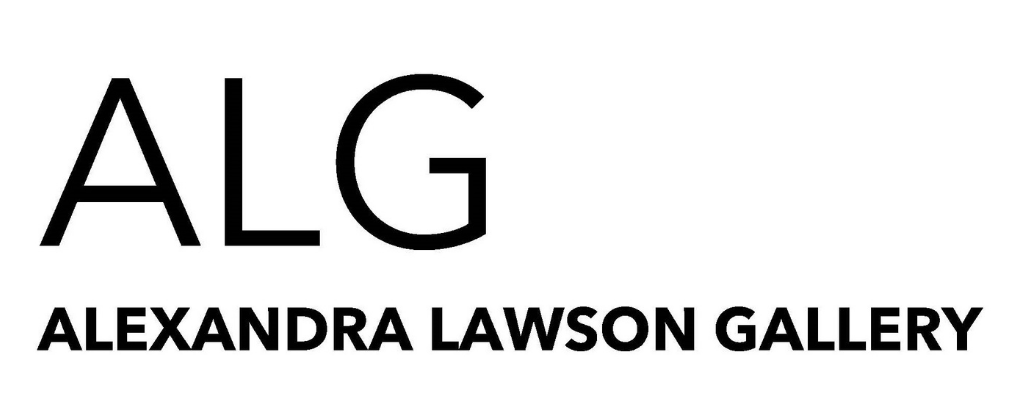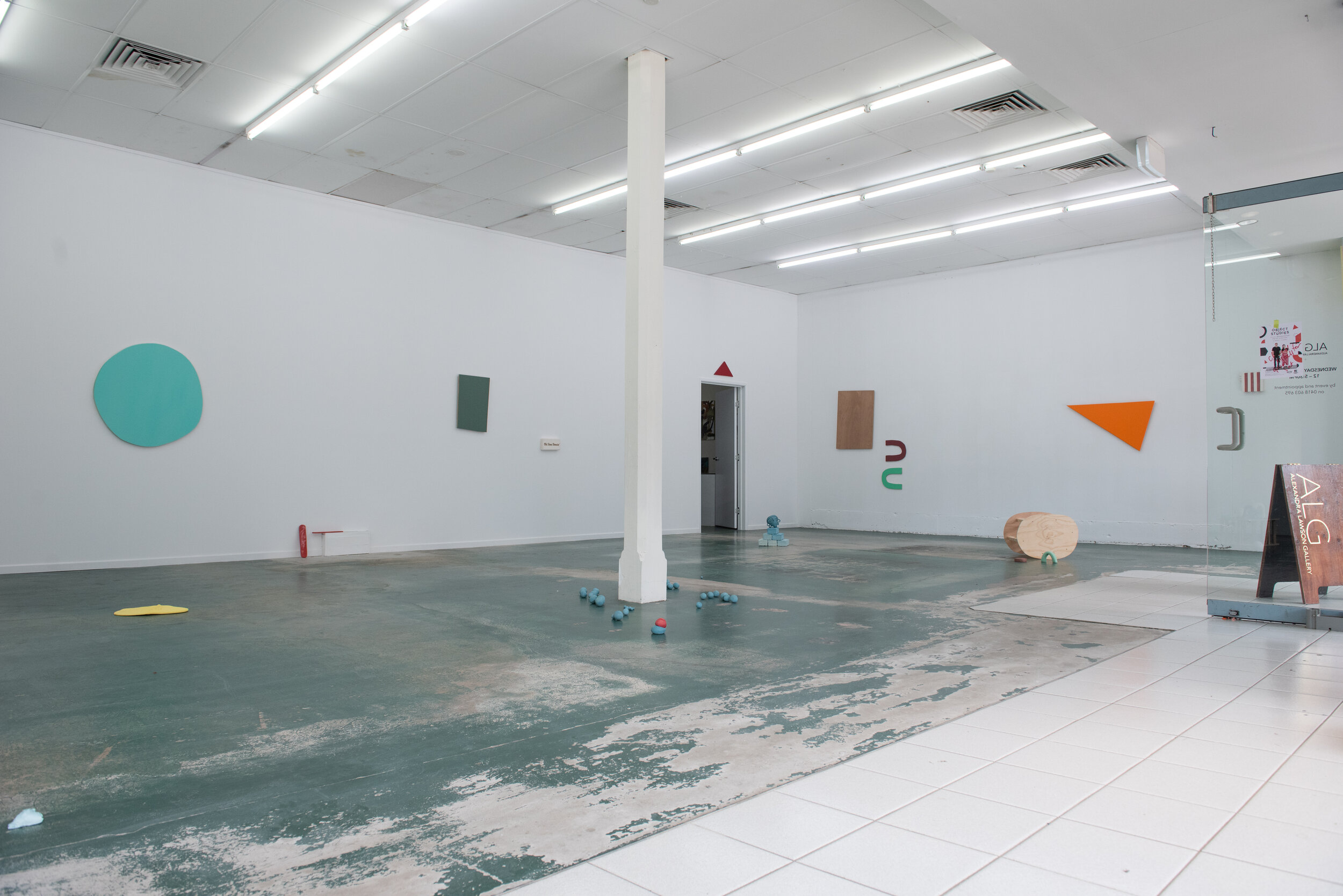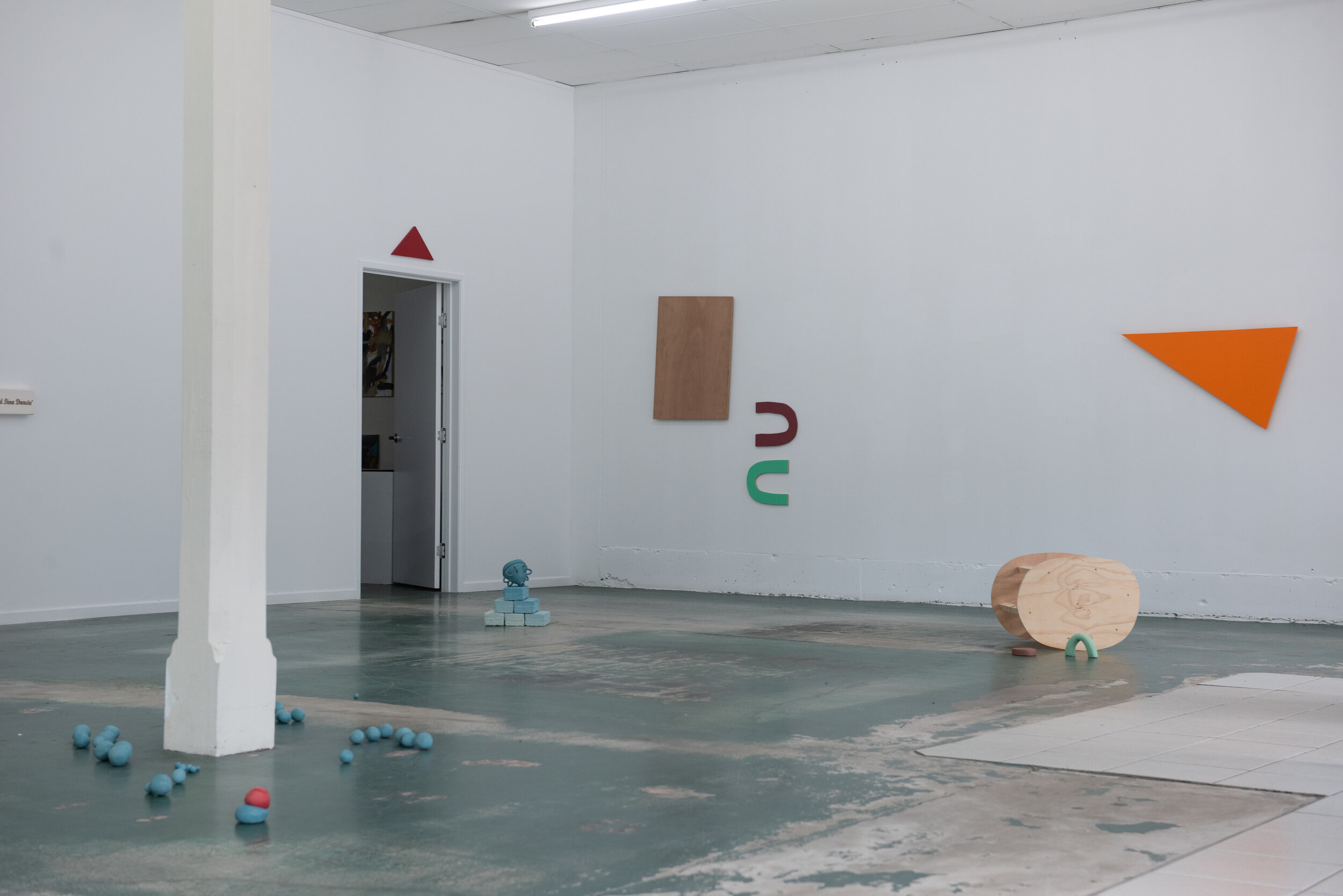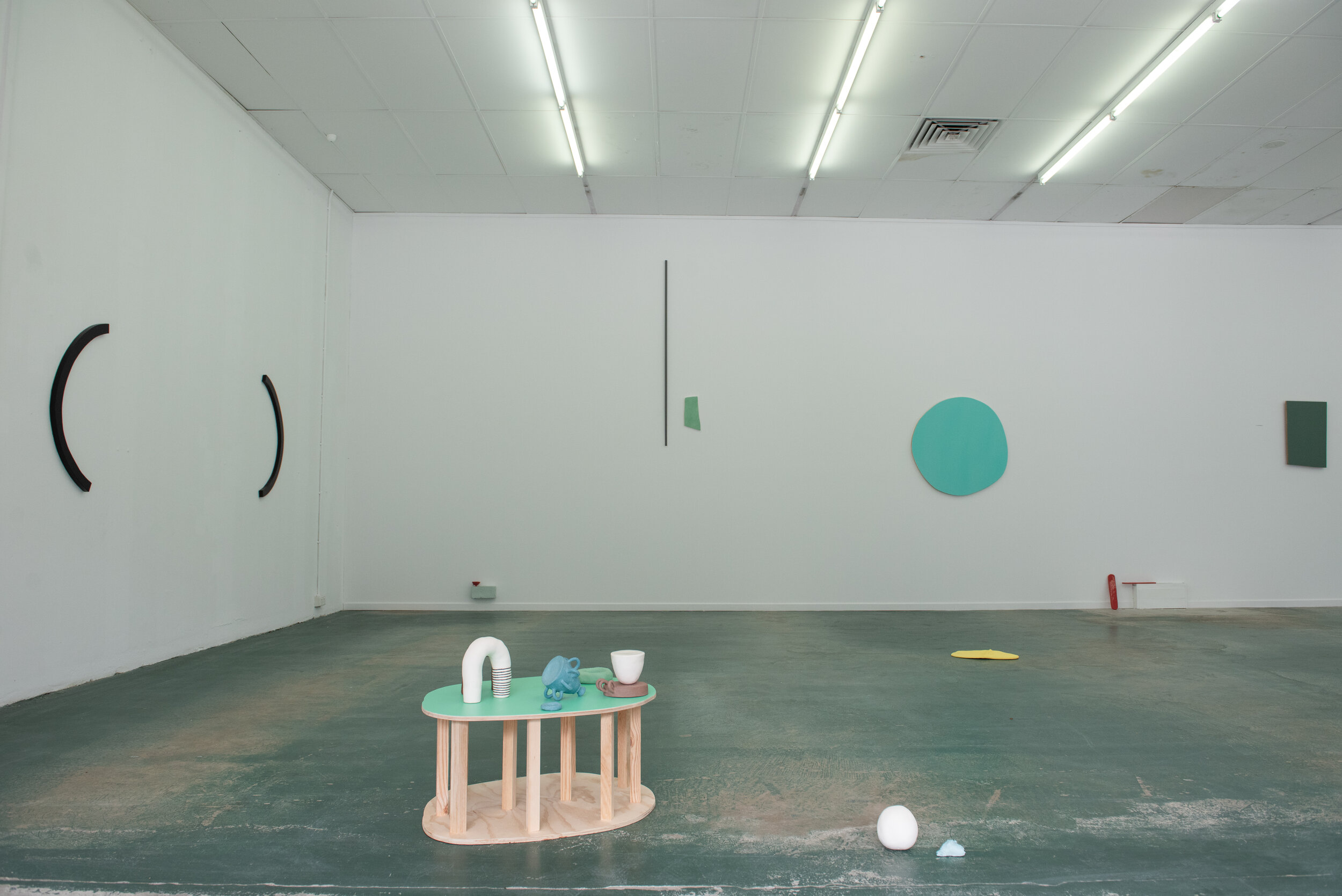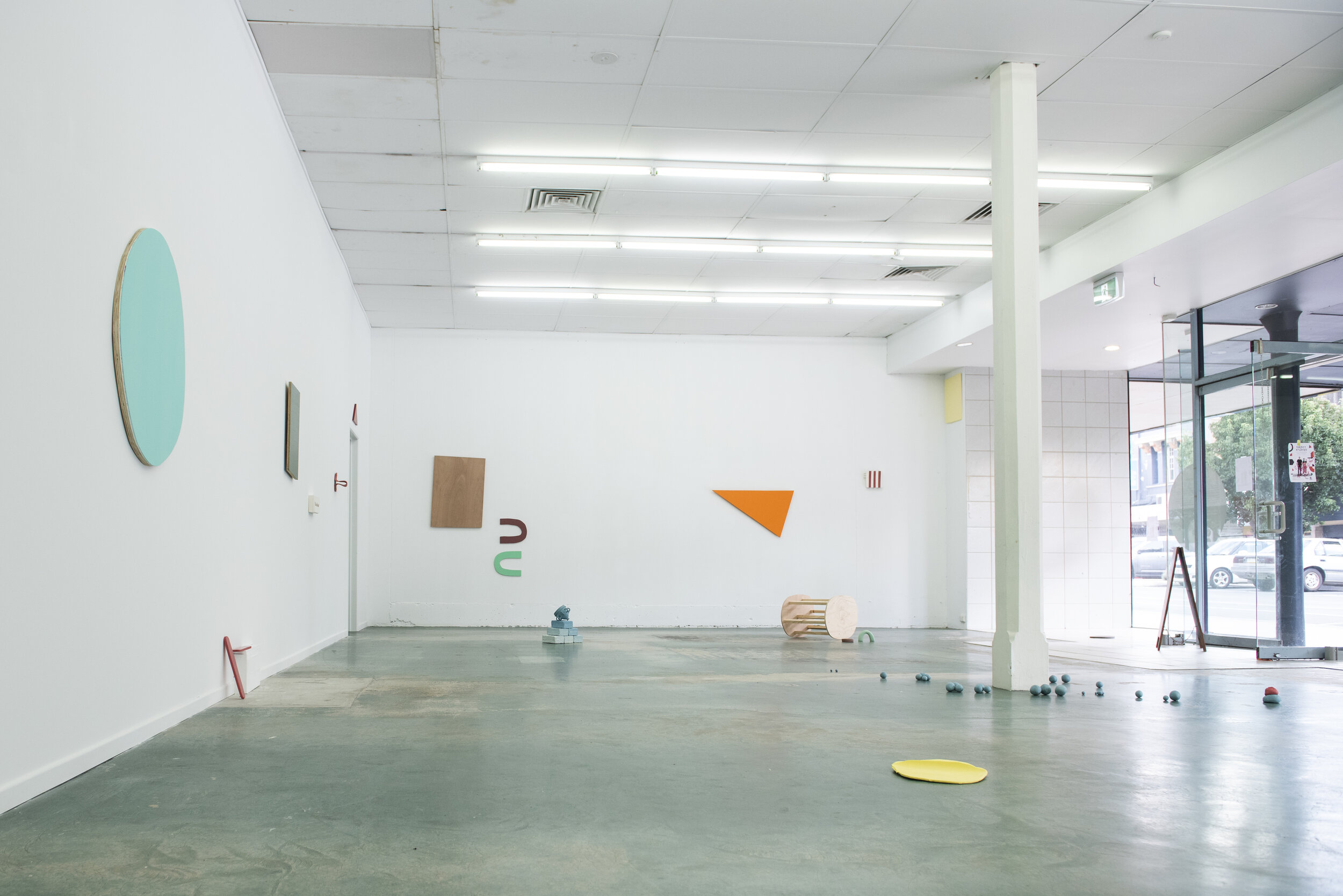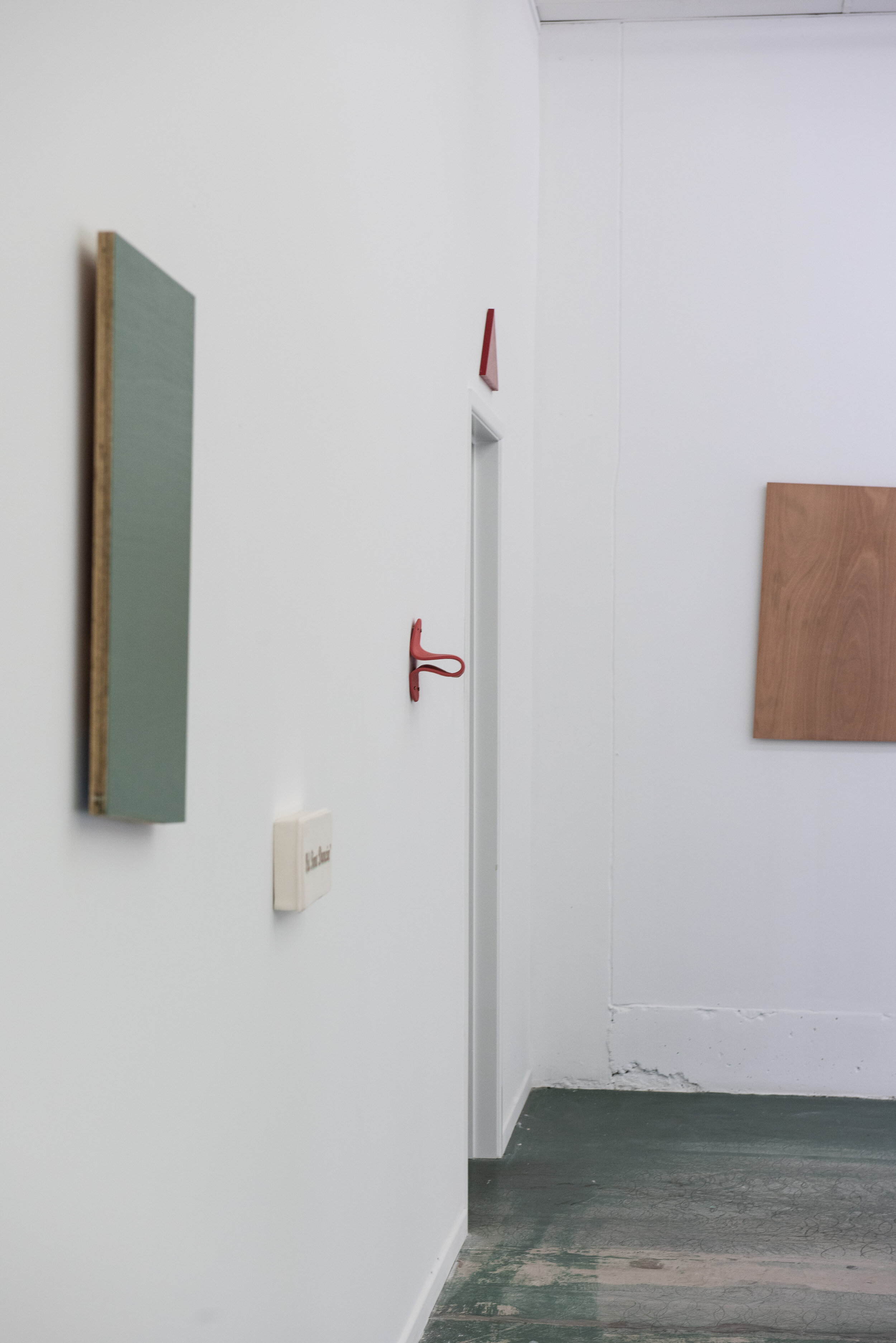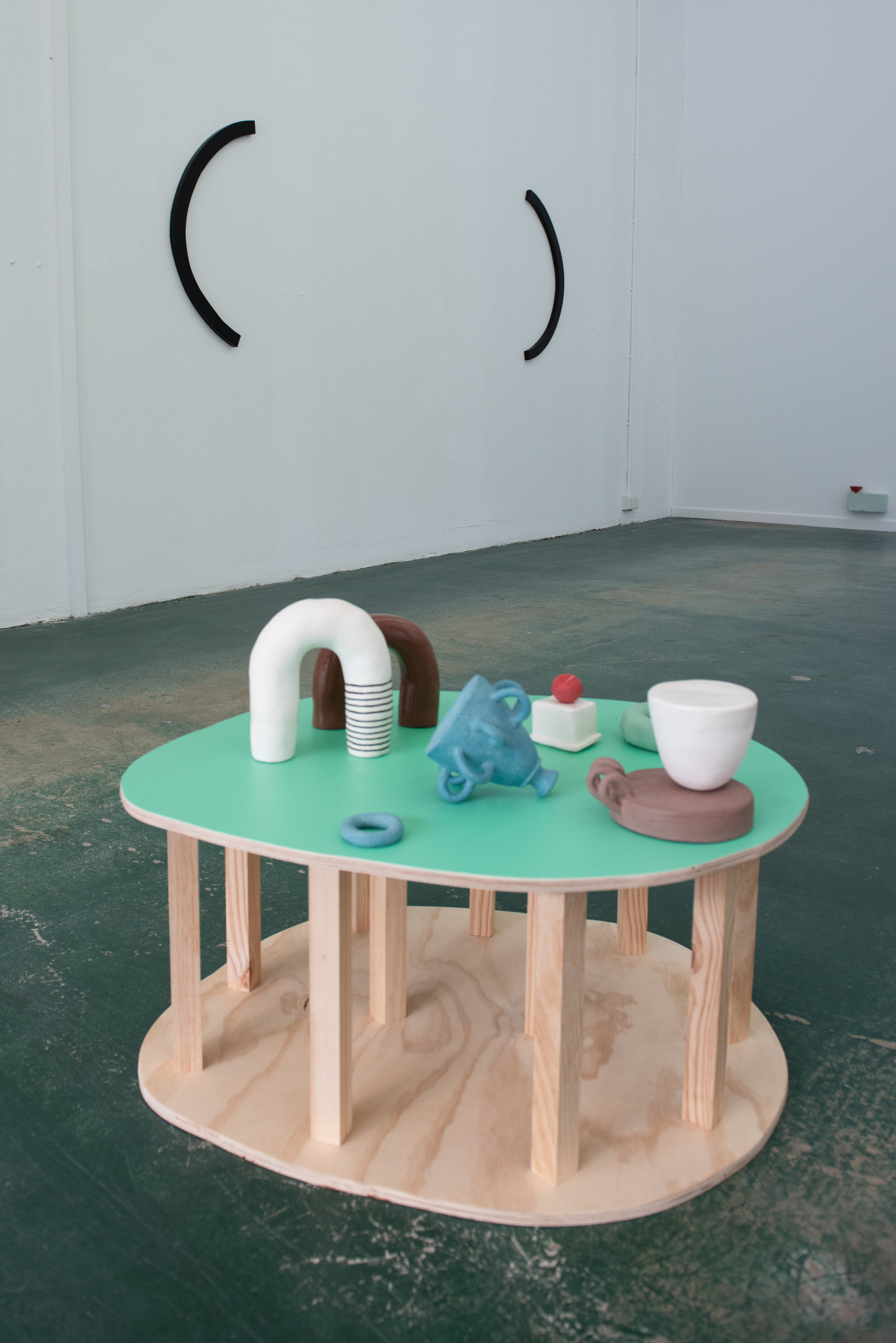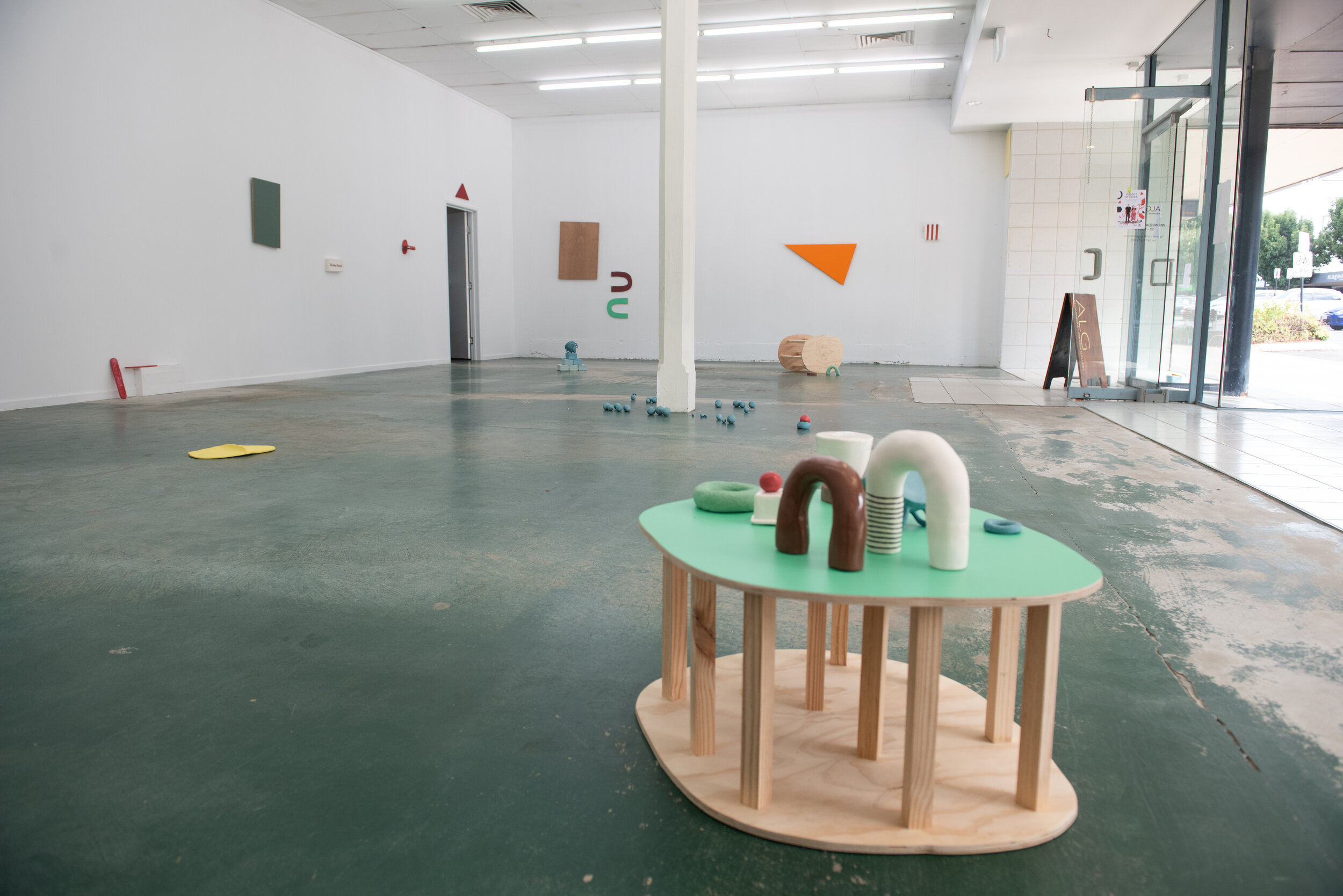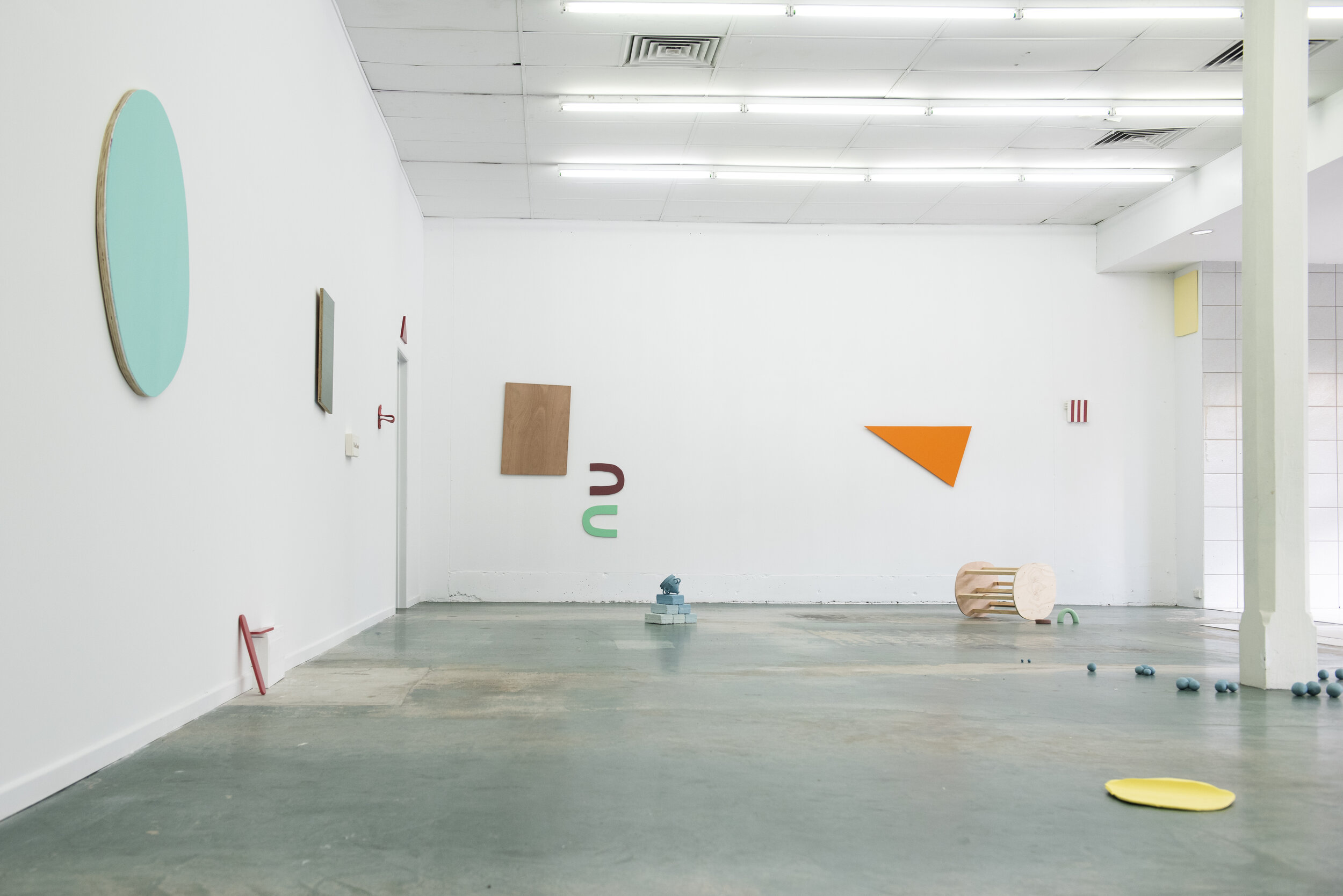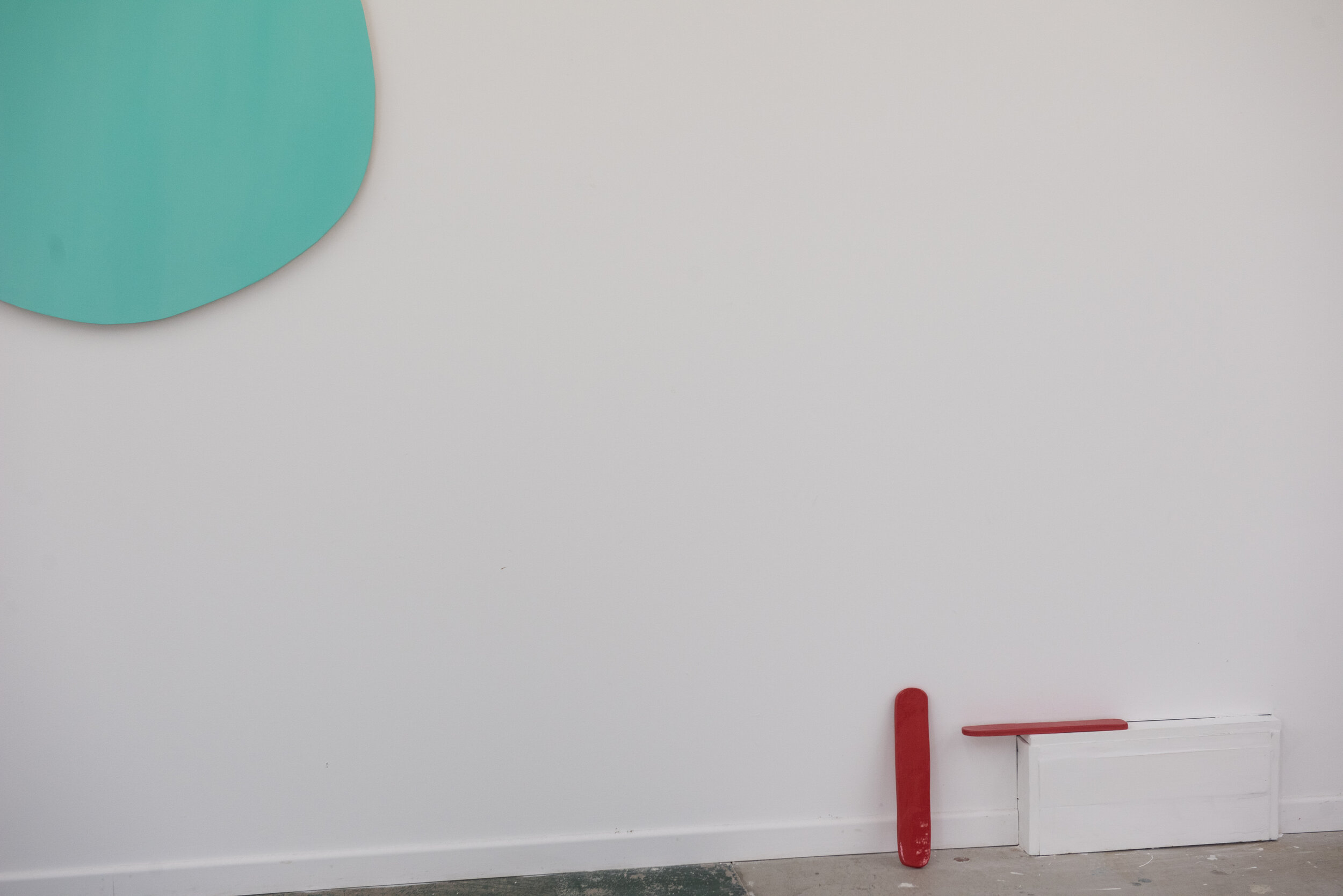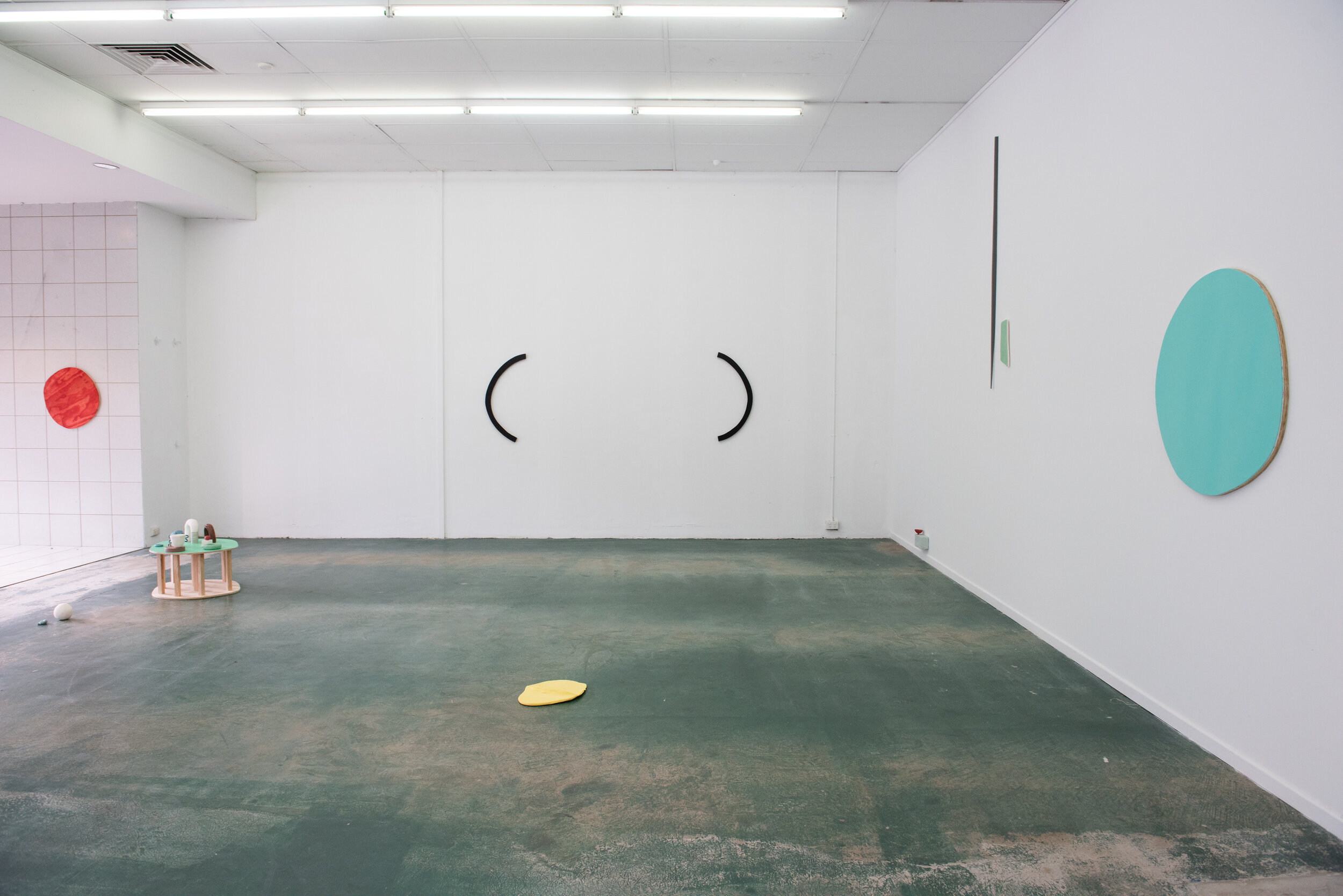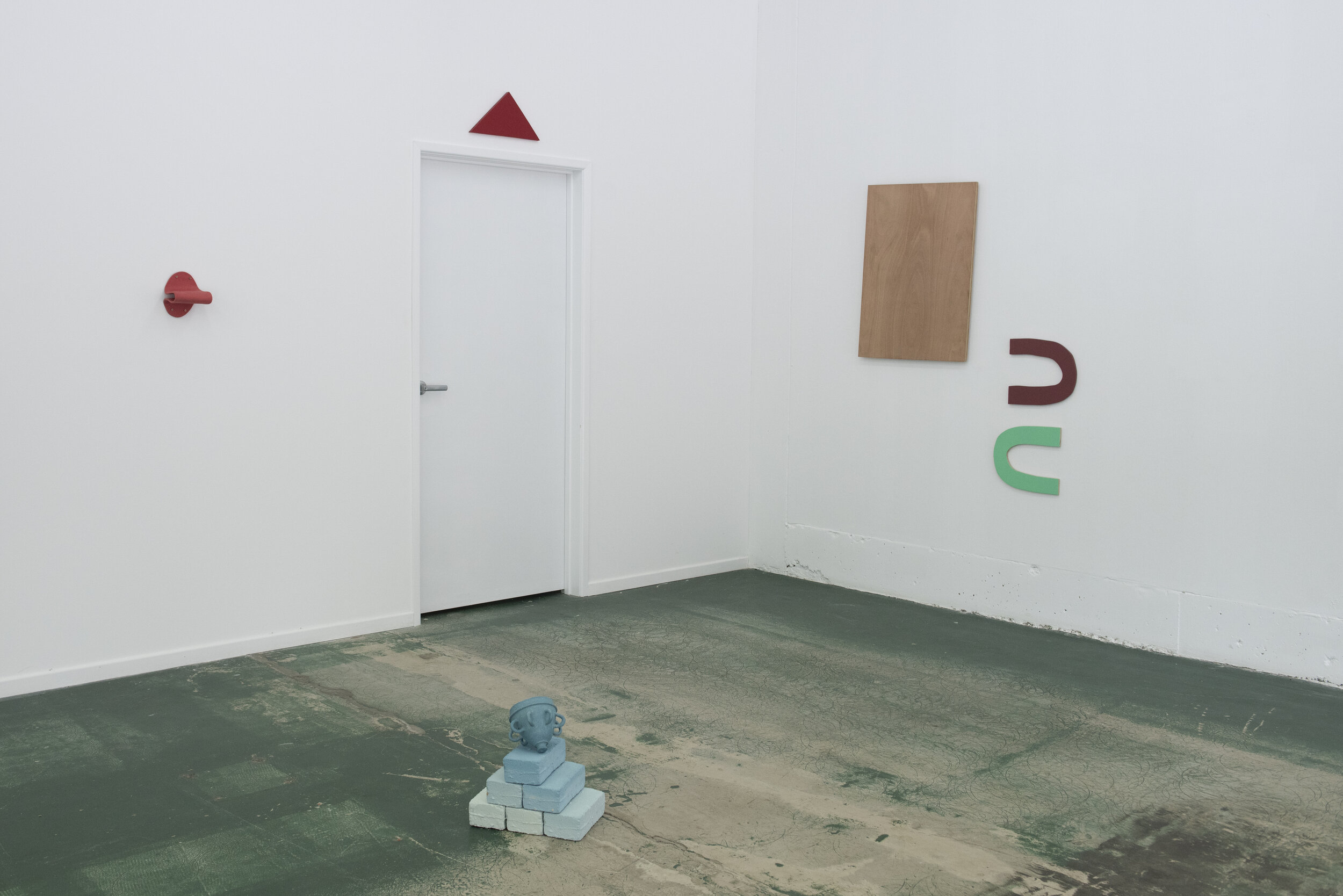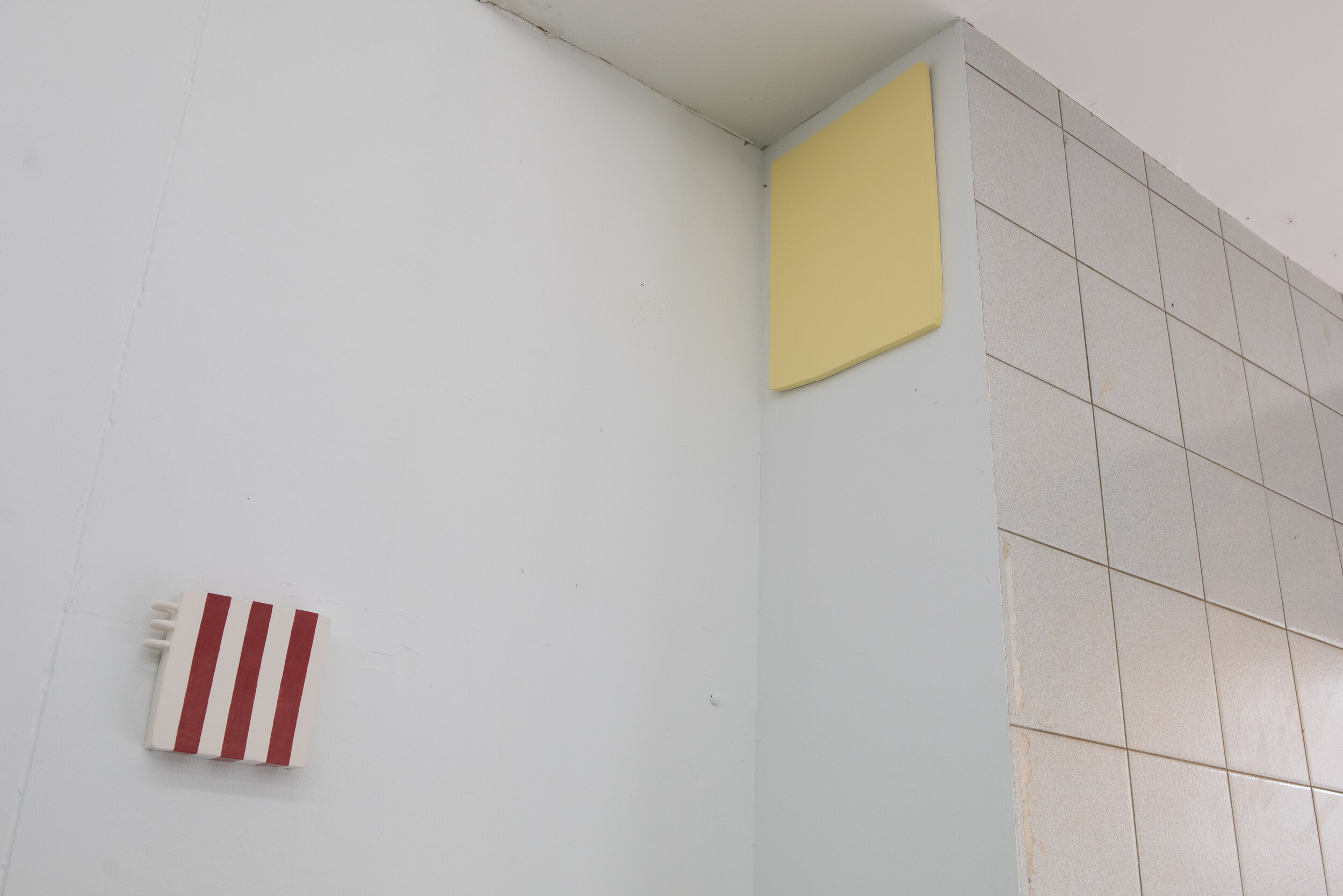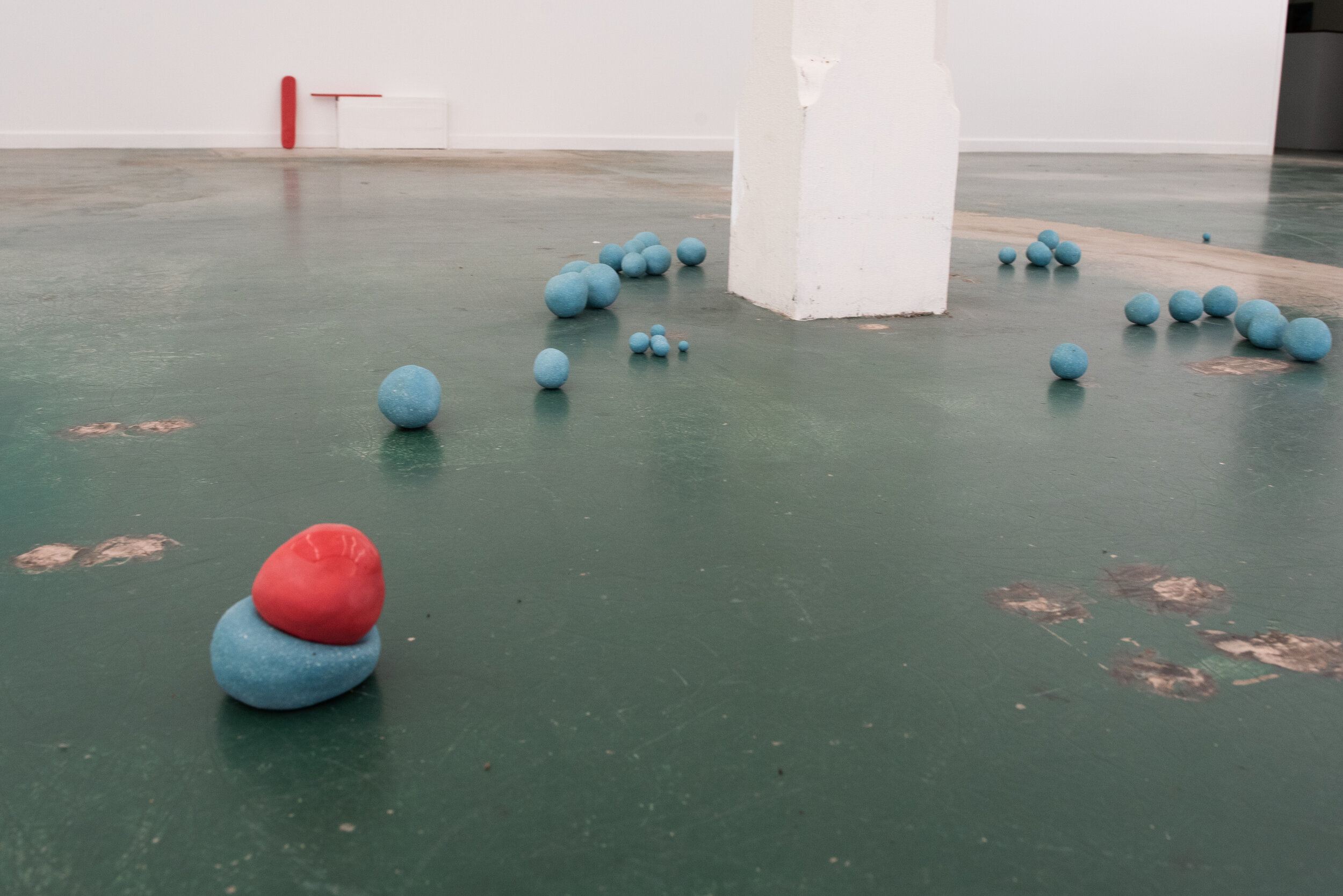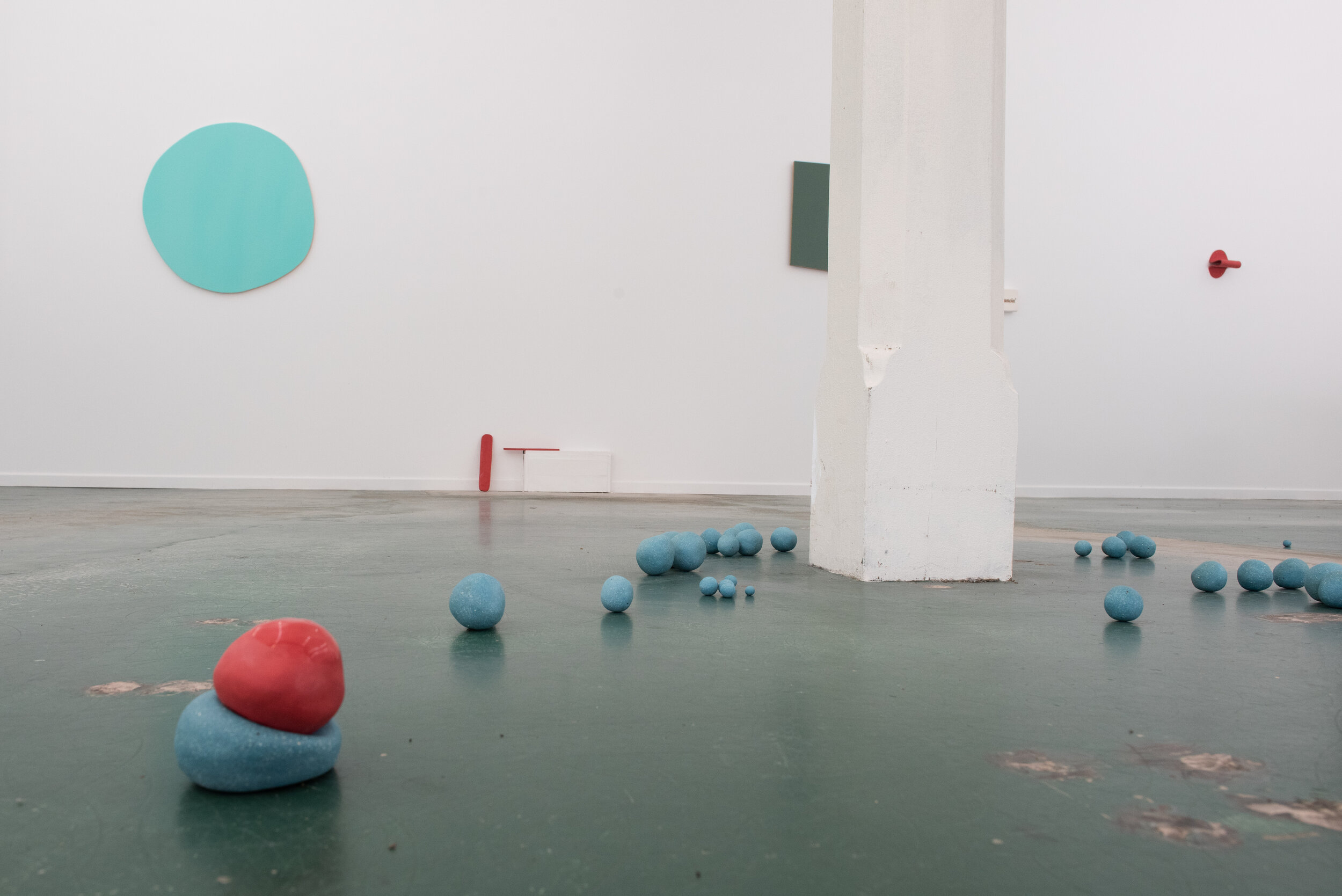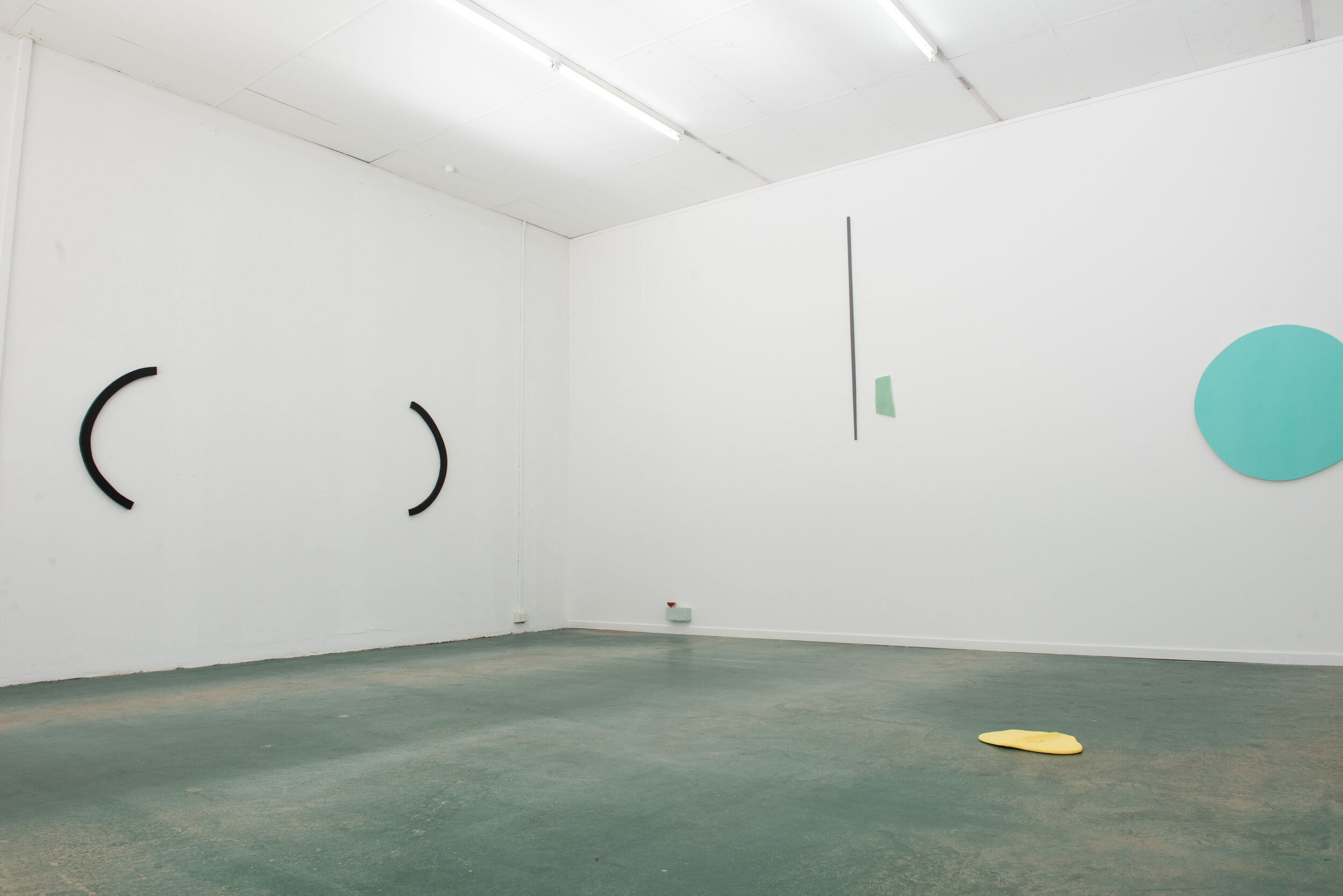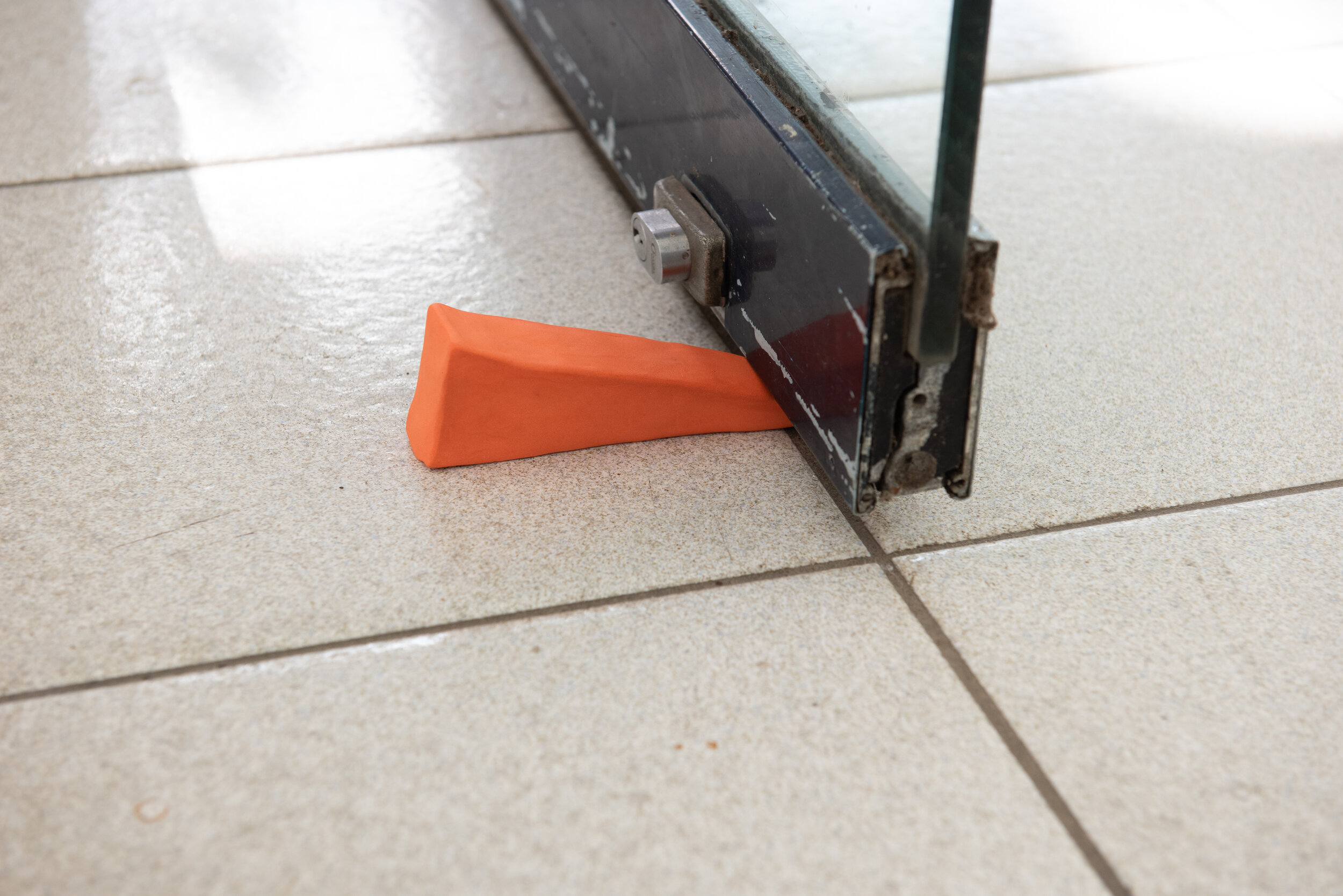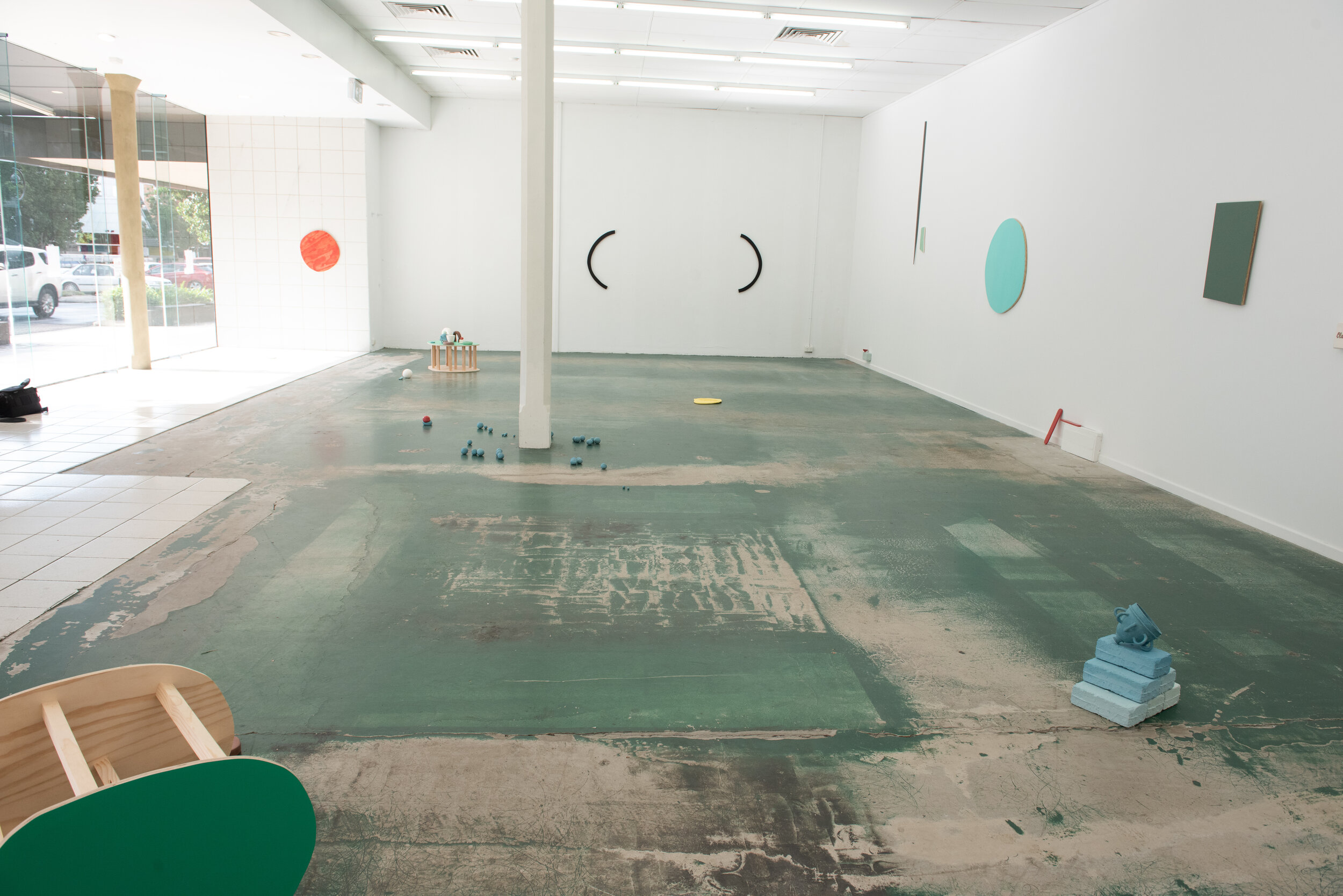PETA JENKINS / OBJECT STUDIES / KYLE BERGHOFER
By Kyle Jenkins, Peta Berghofer, Alexandra Lawson
6 March – 9 April 2021
Object Studies by painter Kyle Jenkins and ceramicist Peta Berghofer is an experimental exhibition that questions the traditional expectations, limitations and possibilities of painting and ceramics. Berghofer and Jenkins have developed the exhibition from conversations surrounding the positioning of painting and ceramics within their individual practices, and how both are exploring foundational elements of colour, form, scale, shape, volume, and composition within their respective pieces, within both an historical and contemporary field of inquiry. Their work is addressing ongoing issues within both their fields that has led to their artworks meeting in shared explorations. As such, the work thought of, developed and produced by Berghofer and Jenkins both pushes against the history, rules or regulations of their chosen material, yet at the same time is still positioned within the traditions of that fields medium or material specificity. It is this tension in the work where it appears to be one thing, but is also engaging in another, which allows the work to be held within its medium specificity but aesthetically is in flux.
For Jenkins, his overall practice is located within painting, which brings with it the tradition that the reading of a painting is all about its surface; as such, Jenkins does everything he can to make his work exist in a space between painting and object, creating a tension that asks “is it a painting, is it an object or ultimately what is it as an artwork?” One of the ways he does this is by juxtaposing one painting to the next, where the edges of one are left unpainted indicating that the function is tied to its tradition, whereas on another the edges are painted, in this case the painting now becomes a painting ‘as’ object. The paintings that have colour on the surface (not on the edges), refer to ‘projecting out’, away from the wall, and are to be read independently to the architecture that they’re installed on, whereas the works that are painted on all sides now becomes objects relating to the wall and architecture of the exhibition space. Additional, other works have either a hanging system where there is a gap between the wall and the surface of the painting, causing a shadow, or are not painted at all, left as raw material. In these works Jenkins is again adding another dimension for the viewer to read the work through, as he is interested in blurring the intention of how far can you push the creation of a painting, or the traditional notion of a painting, before it dissolves into being read as architecture, design or nothing at all. Ultimately Jenkins is confronting the traditions of painting into a tensity between art and non-art where it exists within authorship, the monochrome, painting ‘as’ object, architecture and the everyday.
Within her practice, Peta Berghofer considers clay’s embedded connection with craft based making and the functional, everyday object. For Object Studies she deconstructs traditional ceramic forms more then she has before, pushing the ‘vessel’ further towards an abstract ‘art object’. Referencing and isolating the elements that make up a vessel - handles, lip, body, foot, and base - the objects in the exhibition are reduced to line, shape, and colour. Simultaneously, square forms are created to be hung on the wall to reference a painter’s canvas, although made in clay and decorated with traditional ceramic methods. Timber objects are created to avoid the white gallery plinth, referencing domestic furniture but also Jenkin's paintings, becoming sculptures in and of themselves. Altogether these forms lower the functional experience of the vessel they heighten the visual experience, shifting everyday ceramic objects from a place of reality into a place of 'other'.
Berghofer and Jenkins are collectively challenging the viewer through the installation of their exhibition by making the viewer wonder who has made what work, and in doing so question issues of authorship within their separate and distinct practices. Jenkins has produced a number of ceramic works that are to be viewed ‘as painting/objects’, and Berghofer has made paintings on timber that reference functional and decorative elements of ceramics. The collective mixing of these works in the exhibition space demonstrates a hijacking of each other’s materials, approaching each other’s medium without the historical ‘baggage’, that they have dealt with within their individual fields of inquiry. Collectively the gallery space becomes a singular object housing a collection of objects as a propositional space where the various artworks act as aesthetic proposals in object studies.
